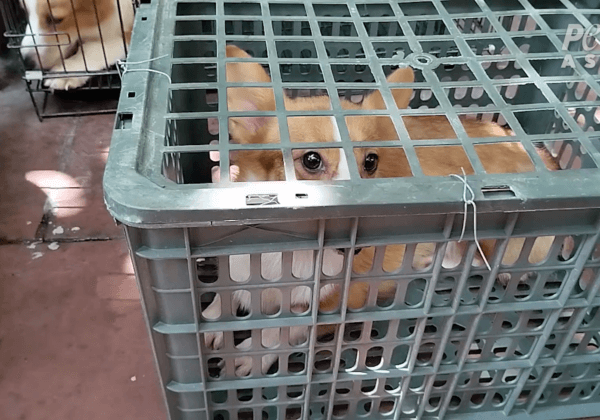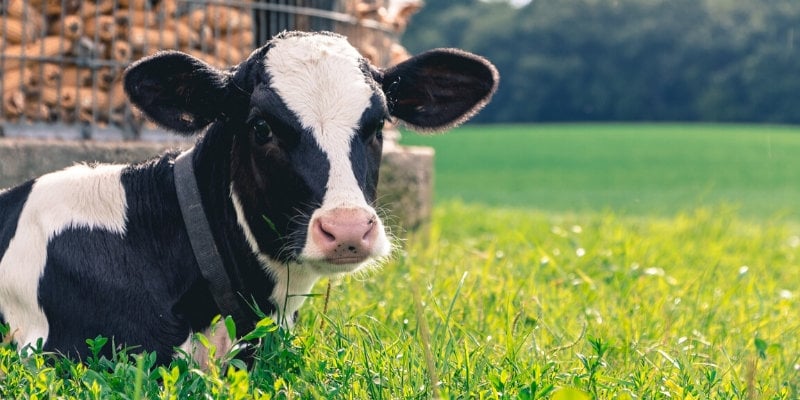Peace in the Pack

Photo credit: PETA US
One reason animal-shelter workers often hear for the surrender of a dog or cat is, “He or she didn’t get along with my other animals”. In some cases, a companion animal gets dumped at an animal shelter, with a new cat or dog simply replacing him or her in a home. But there is usually no reason why cats and dogs won’t accept newcomers into their environments when the latter are introduced correctly.
If your companion animal has lived alone for some time, then you are that animal’s family. The first thing to think about, if you are considering a second companion animal, is does your current companion animal need more time and attention from you? In reality, if you don’t have time for one companion animal, then you certainly won’t have time for two.
If your animal is in his or her twilight years and has lost a lifelong companion recently, then he or she is probably not going to be cheered up by a new puppy or kitten who steals all the attention, runs circles around him or her and sleeps in the old friend’s bed. Still, many animals do enjoy the company of their own kind as well as their human family, so as long as there is time to spread around and you take your existing animal into account, a new friend may be a great idea. Of course, you should always adopt a shelter animal and never buy from a breeder or pet shop. Most animal shelters allow you to bring your existing animal companion with you to introduce him or her to the potential new adoptee before signing the papers.
Choosing your new animal companion is often difficult as you face row upon row of adoring and adorable faces. When you choose a new dog or cat, always take your current companion along to meet the latest member of your family. Keep things relaxed and fun and don’t overwhelm your animal companion by introducing him or her to 20 potential friends in one day. It’s a pretty safe bet that your current animal companion won’t be having fun by the time he or she meets the last candidate!
Of course, you should choose an animal you feel a bond with, but if the dog you like has your current canine backed up against a fence, hackles up and teeth bared, it isn’t fair to anyone to go ahead with such an adoption. Most animal-shelter staff have a good idea of what will work, so listen to them and let your dog or cat be a part of the decision-making process.
For cats, it is sometimes easier to introduce younger animals of a different sex to the existing mix. But it all really comes down to your cat and his or her attitude. If your cat isn’t playful, then don’t bring home a crazy kitten who is going to swipe at the other cat’s head all day. If your cat is very territorial, don’t choose a super-dominant male to invade his or her territory.
When it comes to introductions, the key is to tread very softly and take everything on your current animal’s terms. Choose a space for the new family member to have as his or her own and keep the new member of the family separate for as long as is needed (sometimes days or longer). Don’t take away your cat’s or dog’s favourite bed, bowl or toy to give to the newcomer – make sure all your companions have their own items.
Let the two sniff each other through a closed door and swap bedding so that they can adjust to each other’s scent. When both are ready, allow “play dates”, but still return your new friend to his or her safe spot afterward. This process may all seem very slow, but it will be a whole lot quicker than sorting out two feuding members of the family and will hopefully ensure fewer animals are turned in to animal shelters and pounds for “not getting along”.
The same process should be followed for smaller animals such as rats or guinea pigs. Bringing a new animal into your home doesn’t have to be difficult, and a new companion can be a wonderful addition to your family. Just remember always to adopt, never buy.
Posted by Ashley Fruno









